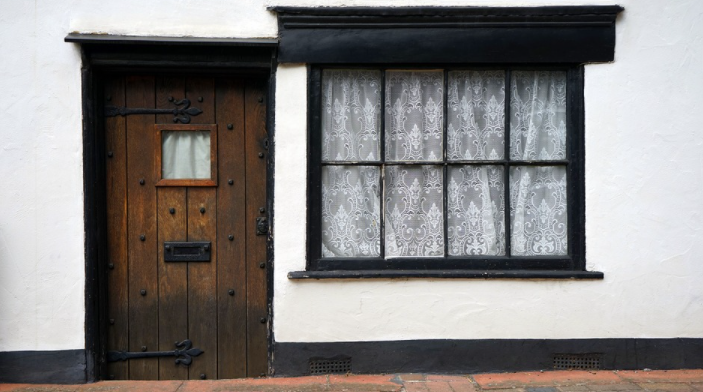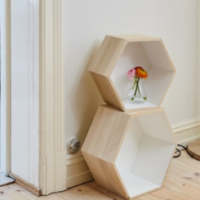There are many different styles of skirting boards in various widths and finishes to choose from. Any styles of skirting boards should work with the interior design improvements for your house. We built two bedrooms with a 5-1/4″ wide colonial baseboard. Colonial baseboards vary from vendor to vendor but tend to have a more traditional look. It usually consists of a flat surface with intricate millings along one edge. If you’re a do-it-yourselfer and want to install colonial baseboard, we have some tips and techniques that can make the process a little easier (many of these tips can be combined with other baseboard styles as well).

Use a Coped Joint for Inside Corners
Instead of cutting the two pieces at a 45-degree angle, try the following procedure: separate the first post of the baseboard at the corner with a 90-degree straight cut at the edge. Preparing the next part is a simpler process. Once the corner is cut, hold a table saw perpendicular to the baseboard and cut around the molding on the angled edge. Since it can be difficult to hand-cut the ideal profile with a scroll saw and maintain a straight line, you can “cheat” on this particular part. Cut the ideal part with a table saw, stopping where the profile’s curved area begins (see pictures below). Trim the curved area with a table saw as described above.
Use Scarf Joints, Cut, and Dry Fit All Pieces
If you have a wall so long that you need more than one baseboard, use a very simple formwork joint to join the two pieces. We wash and cut each piece to find a gap before refurbishing and painting the assembly. This allows you to adjust the match, and all pieces are ready to paint one size.
Scribe the Skirting Boards for Uneven Floors
Chances are your floor is not completely level. This can cause gaps in the lower areas between the floor and the baseboard. A quick solution to this problem is to glue a strip of quarter-turn molding. However, because we like the baseboard’s clean look without a quarter track, we had another strategy to solve this problem. The layout allows us to adjust the baseboard’s thickness to compensate for the high and low points of our floor.
We ended up with a pencil mark that reflects the unevenness of your floor. Once we start our pencil mark, we use a belt sander to remove the excess baseboard up to the pencil line. We have a small piece of the baseboard where the baseboard follows the shape of the floor.
Give It a Finishing Touch
When it comes to ease of application, nothing beats buying pre-impregnated baseboards. You get a much better result: the first skirting board we applied had two coats of paint applied with a brush, although the other skirting board looked great with just one coat of paint applied with a roller. Finally, you can mask the whole wall once, or just a foot or two of the wall.

